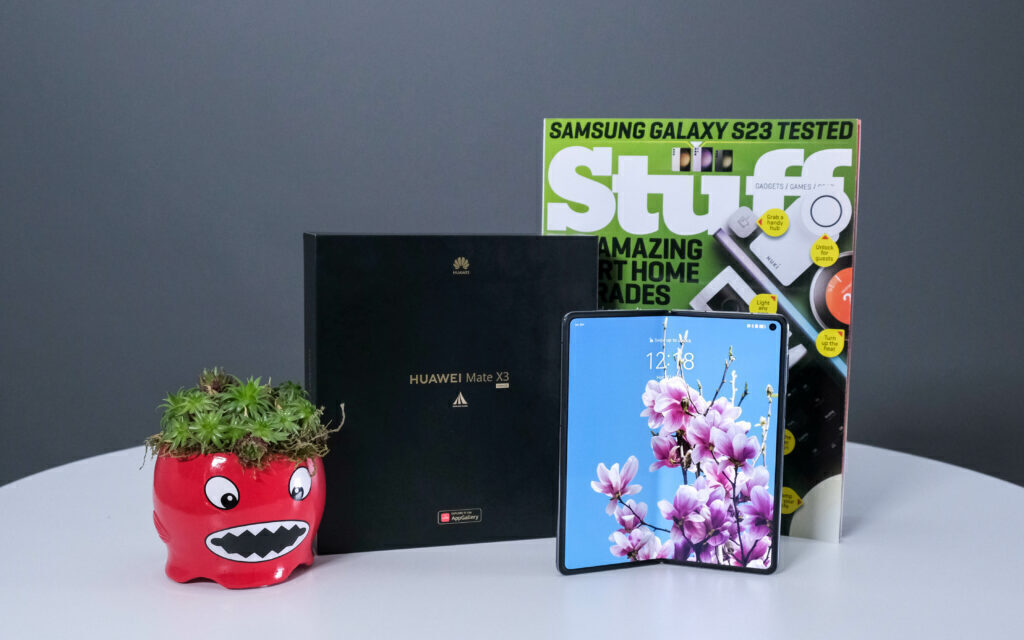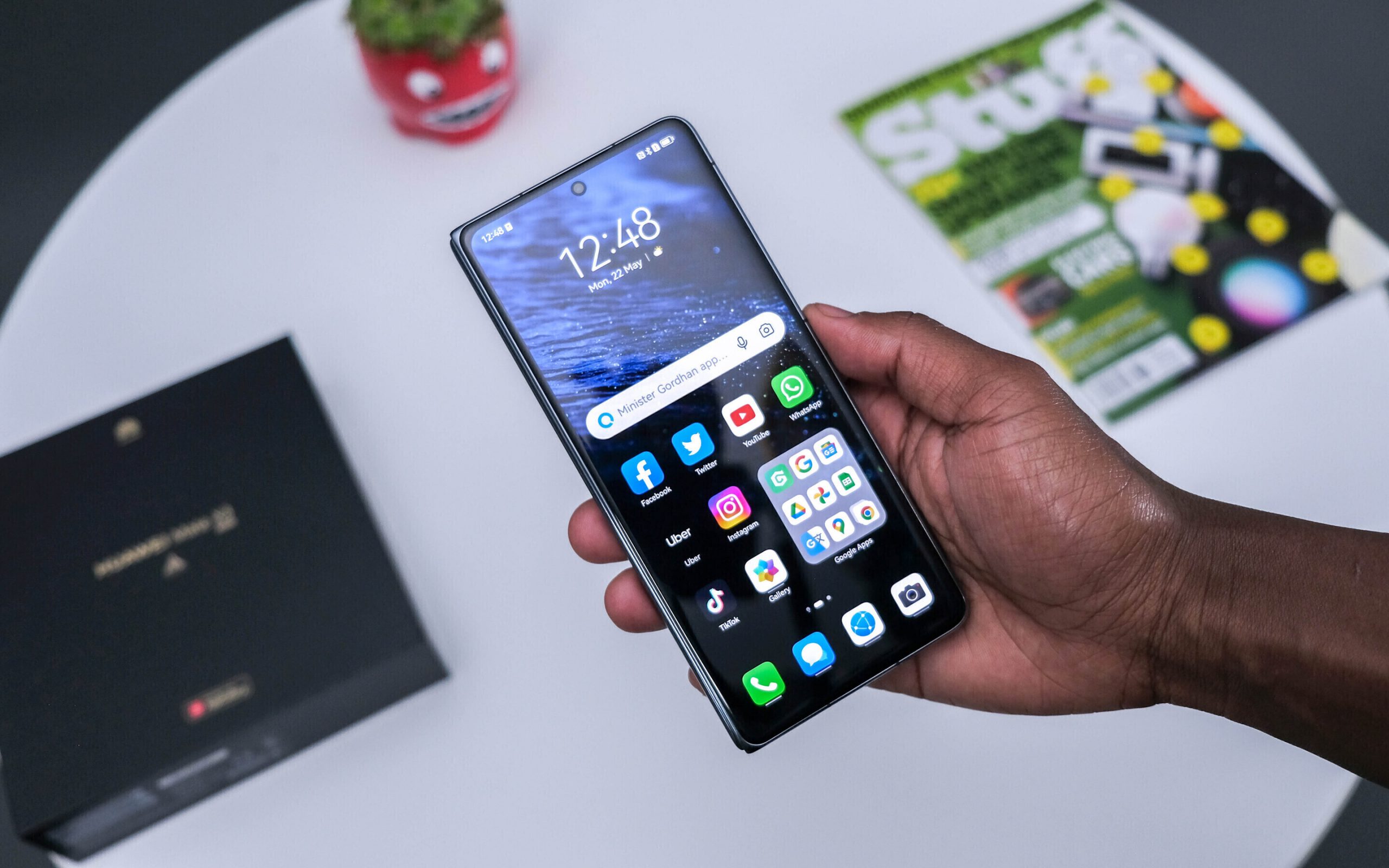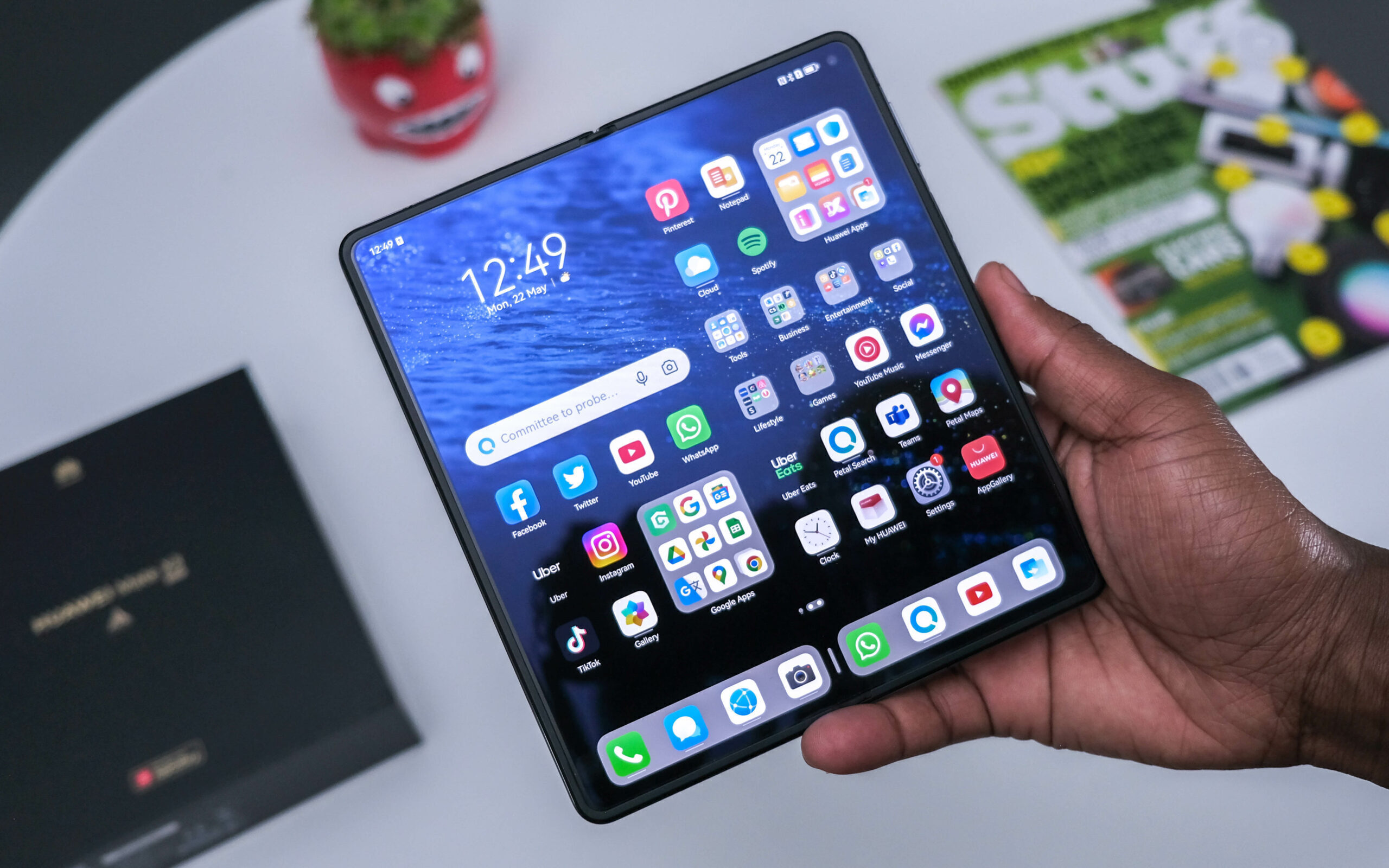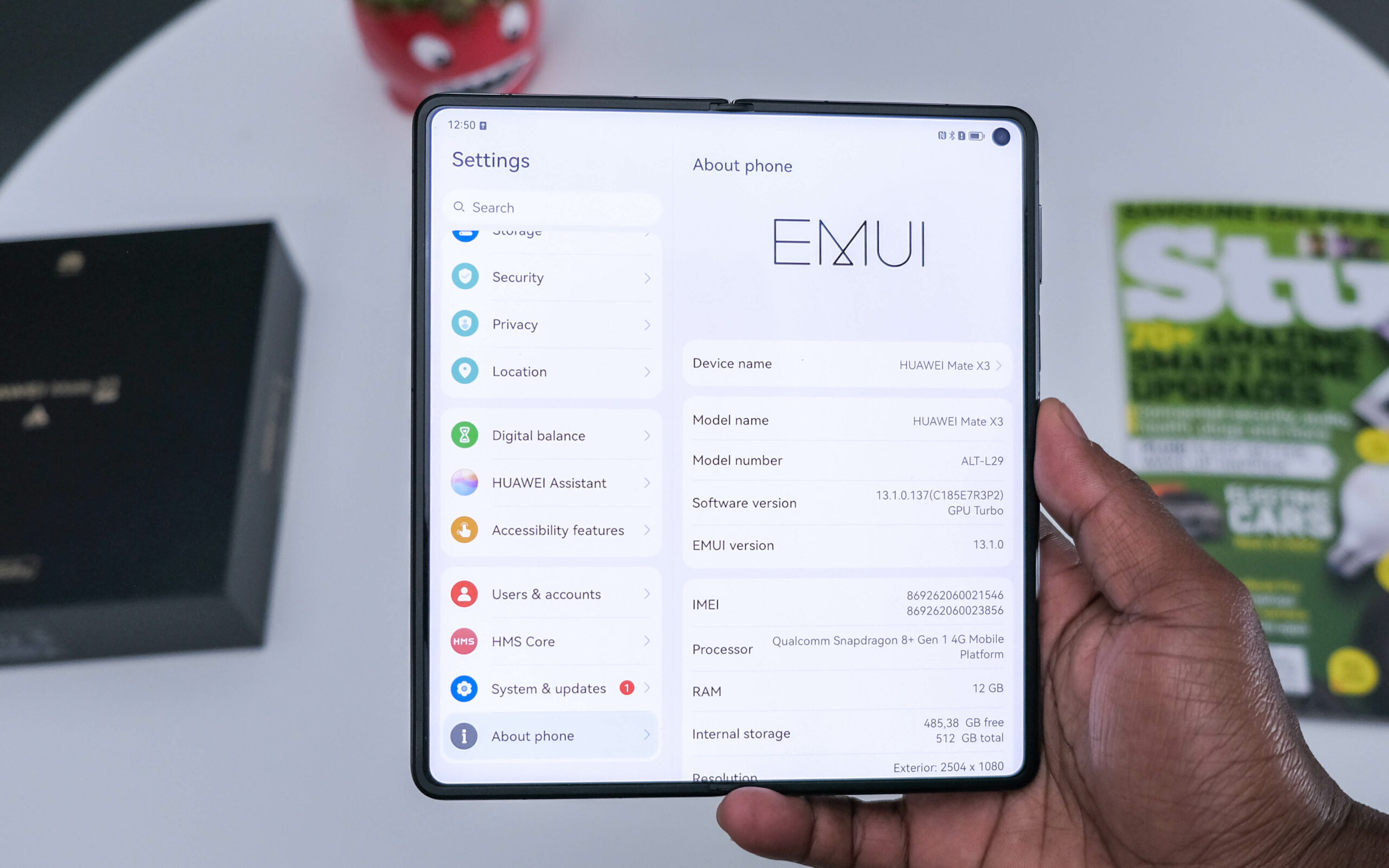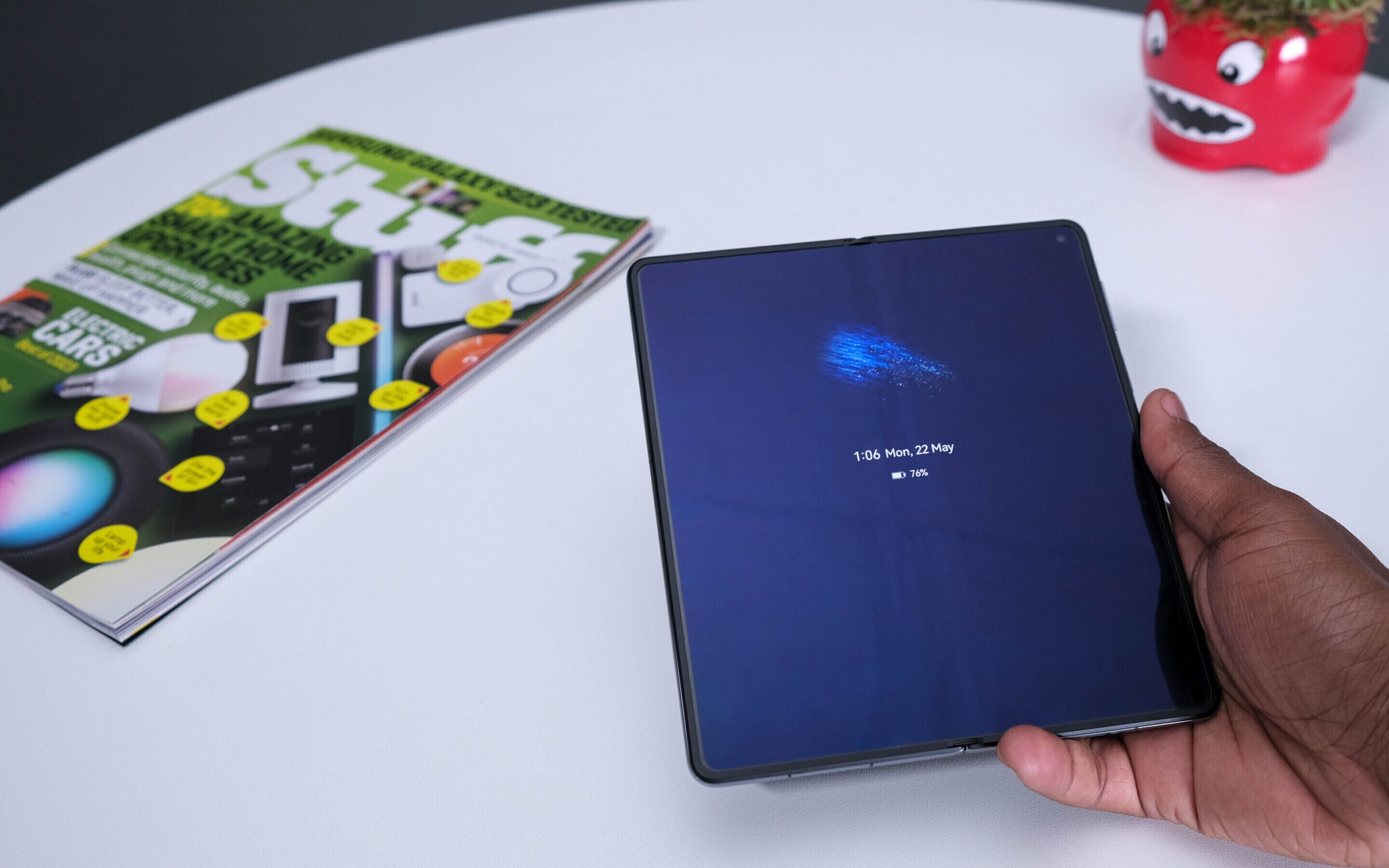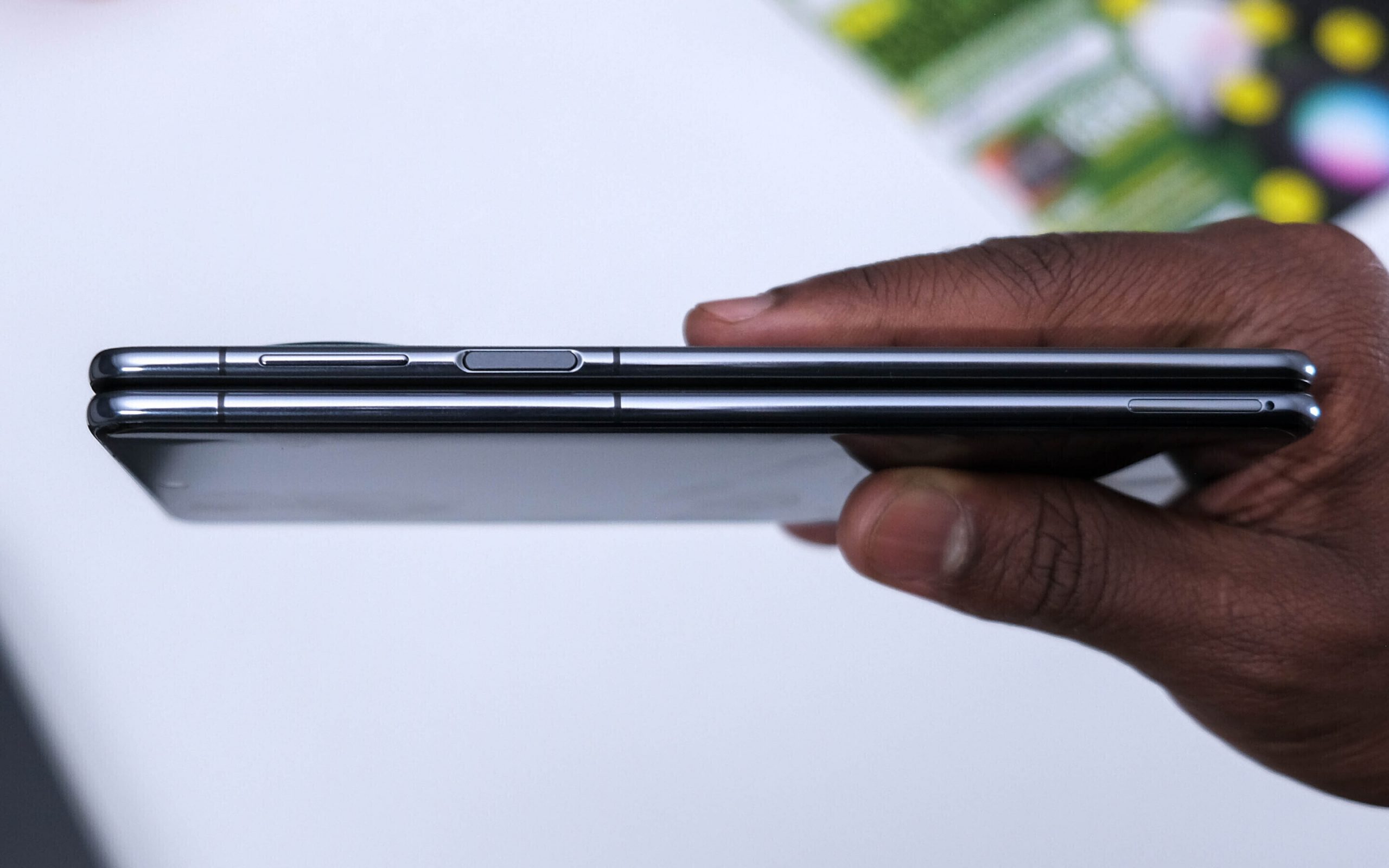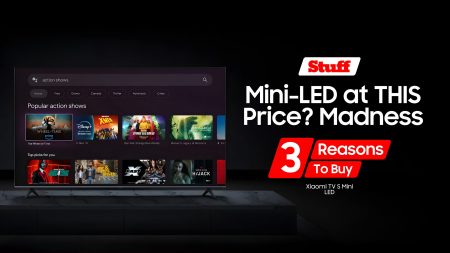-
Design
-
Performance
-
Battery
-
Camera
-
Price
Huawei’s Mate X3 smartphone might be the best-engineered folding phone we’ve ever encountered. The question really is: Is this amazingly well-put-together device worth the R45,000 asking price? Even when you factor in the R6,000-ish worth of extras Huawei is throwing in to sweeten the deal, is this work R39k?
That’s… actually not a question you’re supposed to be asking. Anyone looking to buy a folding smartphone in 2023 should leave price considerations at the door. The tech is still new, it’s still expensive, and you’re going to pay. If you’re on a budget, opt for a normal phone like the other plebians. But if you want to stand out, it’ll cost you. We’ll answer that question for you anyway, though.
Pretty. Slick.
Samsung’s Galaxy Fold 4 is that company’s best folding smartphone. Here, the Huawei Mate X3 is the Chinese outfit’s equivalent, at least in terms of hardware. Who does it better? The answer might be somewhat subjective but we’d give the award to the Mate X3.
Why? Samsung’s hardware is excellent, there’s no debate about that. But it’s slightly surpassed by what Huawei has done here. When folded, the X3 is compact and lightweight without feeling fragile. The textured green back panel offers just a touch of elegance to this mightily-expensive device. When unfolded, it’s just as slick. The rounded edges and extremely slim profile, plus continued strength in the design, make it easy to wield in this format.
There’s little else to see, no matter how it’s presented. There’s a USB-C charge port, speakers on the top and bottom edges, and a considerable camera bump on the rear of the device. There’s no space for headphone jacks but there is a side-mounted fingerprint sensor to play with. In the box is a clear case for covering the back panel but it adds little to the device. The limited security offered doesn’t seem worth marring Huawei’s lines like that.
Double your fun
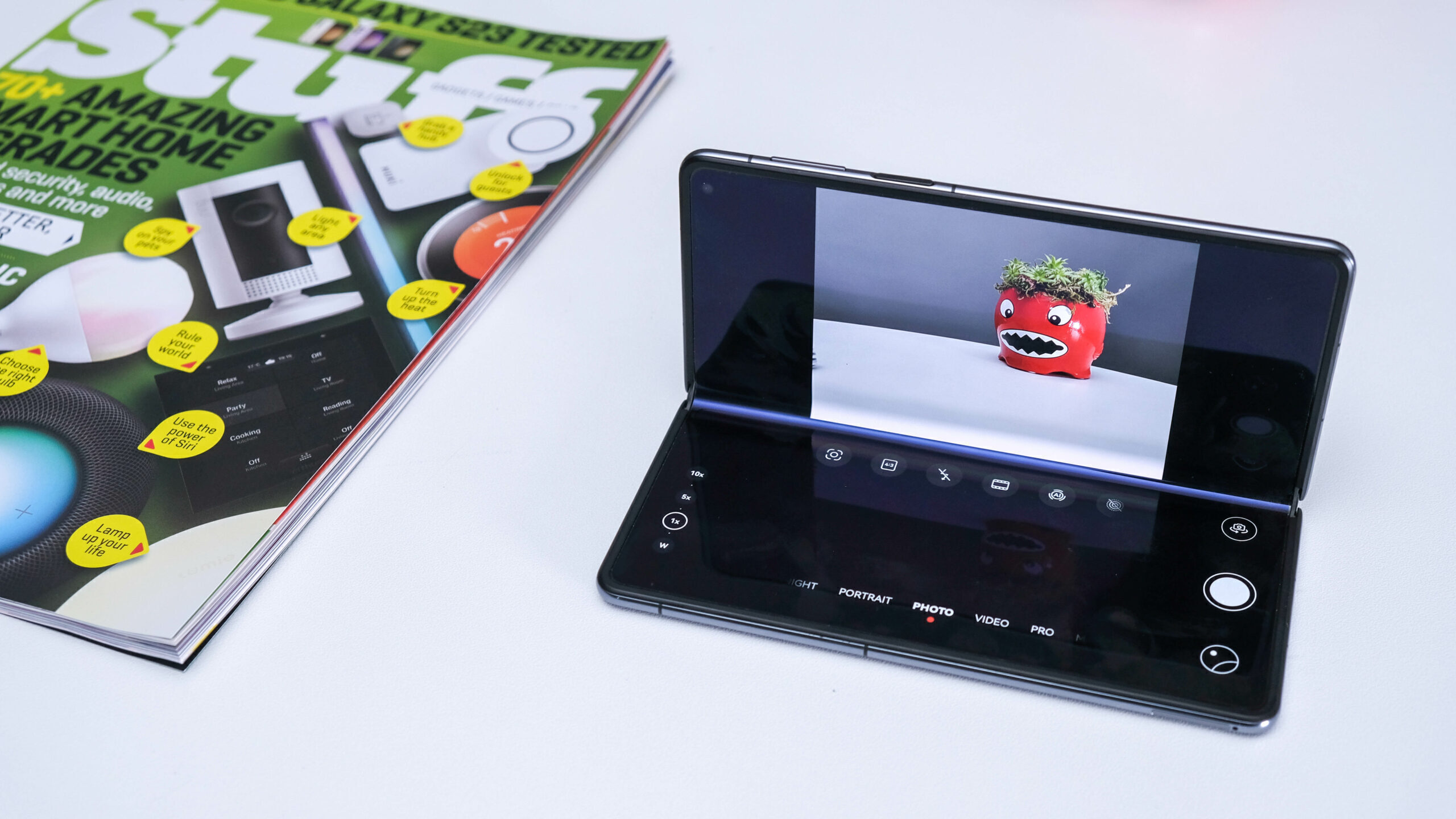
Sure, the build is fantastic but how does everything else measure up? That’s more of a mixed bag but Huawei nails the one thing it was supposed to get right. The screens. The outside display is a 6.4in 1,080 x 2,504 OLED affair with a 120Hz refresh rate that wouldn’t disgrace any headline smartphone from any brand. The inner display is a folding OLED, 7.85in in size, with a resolution of 2,224 x 2,496 and a dynamic 120Hz refresh rate.
Both displays are worth staring at for however long it is you do these things. The colour reproduction isn’t as exuberant as Samsung’s own efforts might be, but details are finely tuned. As is typical with OLED, black areas of the screen merit the description, while coloured shades are neatly defined. The larger internal screen actually seems to be the better one, perhaps because the panel is closer to the surface and isn’t hiding behind Huawei’s Kunlun glass. It’s just unfortunate that other areas of the phone are not up to this standard. It’s not the brand’s fault, but still…
Best effort
For all that Huawei gets right with the Mate X3, there are aspects of the supply chain that it doesn’t have control over. For starters, the Snapdragon 8 Gen 1+ thumping away inside this improbably thin foldable is an LTE version of the chip. Huawei does what it can, giving our review unit 512GB of native storage and 12GB of RAM, but that doesn’t make up for the fact that it’s unable to install 5G in this handset. Like we said, it’s not the company’s fault. Still, it’s a pity.
That doesn’t mean you’ll have cause for complaint on the performance front. The chipset is plenty fast enough to run anything you’re able to install from Huawei’s App Gallery (or other locations). The backing hardware is similarly up to the task of preventing any kind of slowdown at all. But if you’re accustomed to speedier downloads than ‘mere’ 4G, you might find your eyelids twitching a bit at seeing a ‘loading’ icon now and again.
The same goes for the EMUI 13 Android installation. You already know what’s missing and we won’t hammer the point. Huawei’s OS is getting better, however, and you can have YouTube, Google Maps, and Gmail on your phone if you really want to. Huawei’s found a workaround and has it built in here. There are a few extra steps and you might have to install some Google apps on your own, but it’s possible to use Google’s apps here. If you really wanna. Huawei would probably prefer if you keep using Petal Maps but if it gets you buying the hardware…
Get the picture?
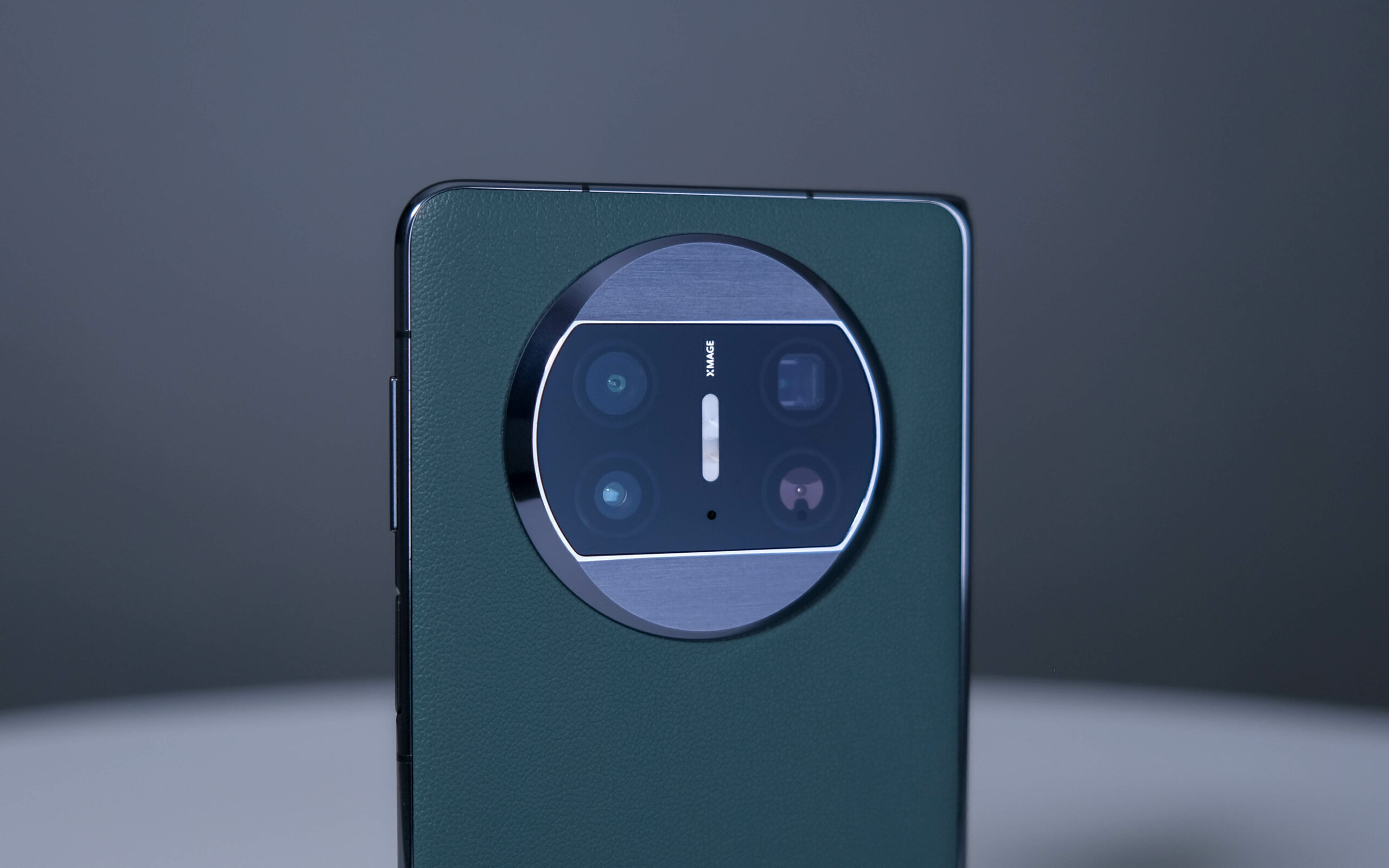
Huawei is known for its smartphone cameras, even after the Leica partnership concluded. But folding smartphones in general are also known for not packing the very latest camera tech. Nobody wants to pay those prices. The triple camera array the Mate X3 fields here isn’t the shining light of Huawei’s camera stable but it’s no slouch either. There’s a 50MP main, plus a 12MP telephoto that adds 5x optical zoom. That one’s packing Huawei’s periscope camera tech, too. The third is a 13MP ultra-wide and rounding out the circular sensor dome is an LED flash.
There are a further two 8MP cameras lurking inside the Mate X3. One lives on the outer display and the other on the inner display, so you’re always ready for a video call (or to snap social media-ready shots of yourself, we guess). As is typical with smartphone cameras, it’s software that’s doing a lot of the heavy lifting here. There are all manner of AI smarts to help you level up your shots, whether you’re looking to do portrait or product photography.
Performance will impress you during the day but at night, with just a tiny bit of patience (and sometimes none at all) you’ll see results that are almost as eye-opening. No camera is perfect in the dark but the Mate X3 will leave you less reason for complaint than most.
Huawei Mate X3 verdict
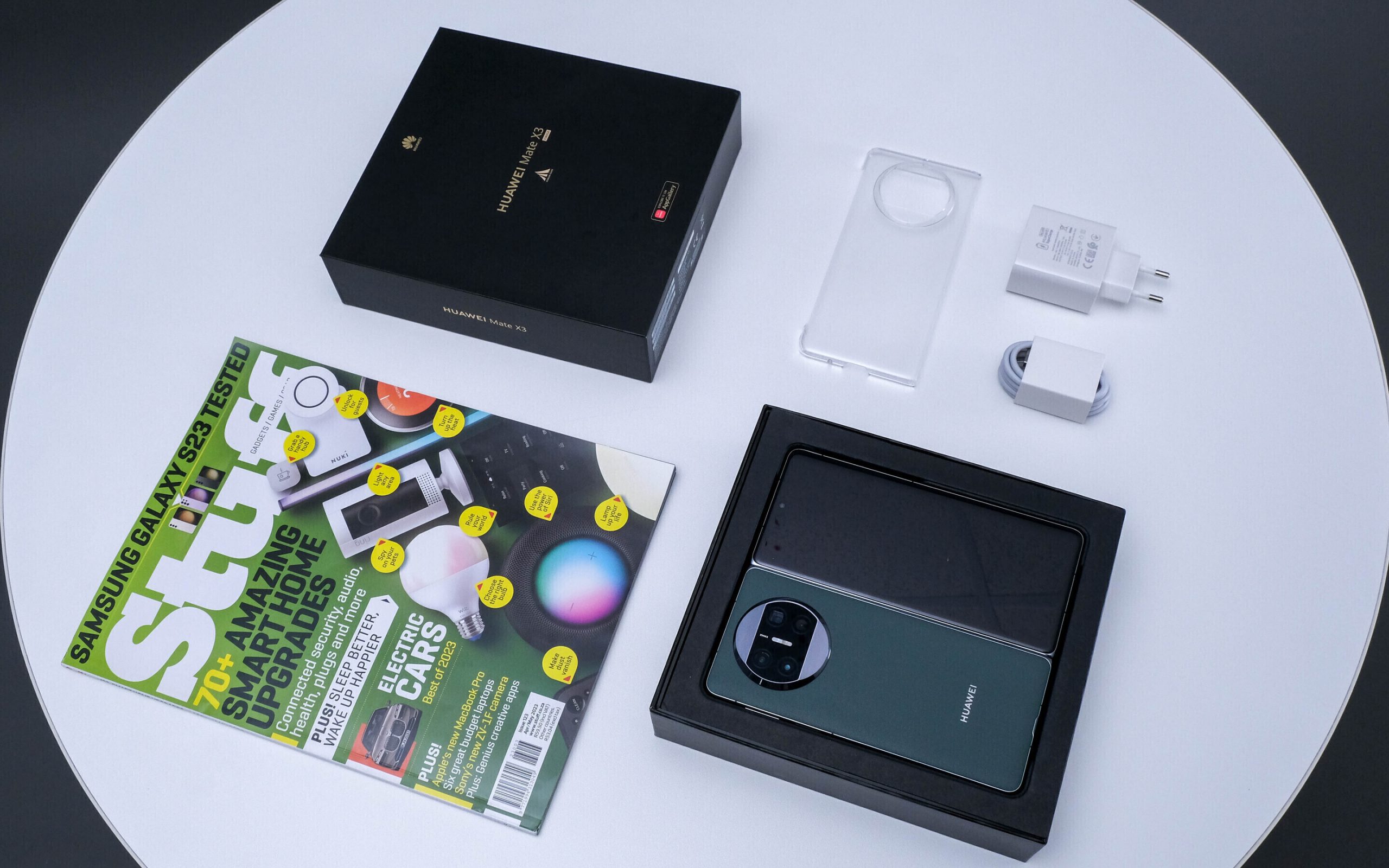
So. Should you pay around R45,000 for the Huawei Mate X3 folding smartphone? If you must have the best-looking folding device on the South African market, then sure. Go ahead. Nobody’s going to stop you. But there are some pitfalls awaiting you. Some features are locked off, thanks to continuing American sanctions. Huawei’s done the best it can despite these limits.
It’s really impressive that the company continues to pump out hardware this good. There hasn’t been much to make us wish that Huawei would just get its own mobile operating system right already but this device is one of those things. Even so, we’re not really the target market for this smartphone. Those with R45k to burn, or an equally inflamed need to impress others with their cellular hardware, should look long and hard as this one.

